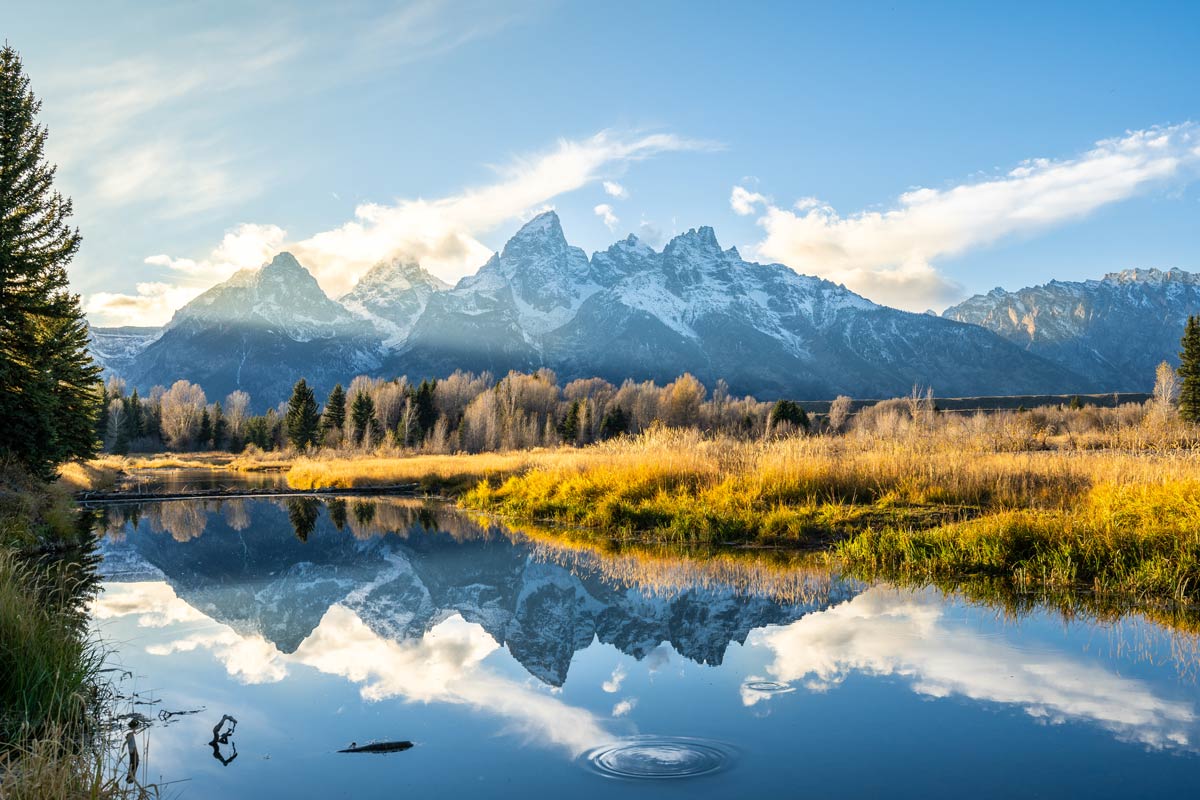Training for the first para-iceclimbing competition near Ufa, Russia (Photo: Gulnara Sakhibzadaeva for UIAA)
The first official UIAA para-iceclimbing competition is being planned for one of the European rounds of the UIAA Ice Climbing World Tour in 2015.
Dr. Evgeny Mashkovskiy of the Russian Mountaineering Federation who has led the push for this event said athletes from the United Kingdom, Russia and Netherlands have confirmed their participation and there is interest being expressed from athletes in other European, Asian and North American countries.
“We want to prove that it’s possible for the disabled people to climb confident on a vertical ice and to come out on top.Such events are very important for both trainings of athletes and raising awareness about sports for the disabled,” said Dr. Mashkovskiy.
A training camp was organized mid-July to prepare for the competition near Ufa, Russia attended by future para-iceclimbers. Among them were athletes on wheelchairs, amputees, blind and those with musculo-skeletal disorders.
Wheelchair athletes did an ascent on a mixed wall of rock and grass at 50 degree angle and descended down a vertical 30 meter wall. They also practice climbing on a 30 m wall with different techniques including traditional climbing and dry-tooling.
In the group were athletes such as Sakho Artem and others, who participated earlier this year in Ufa, Russia during the European Championship in Ice Climbing in a demonstration climbing involving disabled athletes – the first time it had ever been done. The training camp was possible thanks to tremendous efforts of Alfir Akhmetshin, Gyulnara Sakhibzadaeva and their team.
Interest in the sport has also grown in the U.K. where Andy Turner, who competes in the UIAA Ice Climbing World Cup who recently organized an introductory dry tooling session for members of the Great Britain para rock climbing team.
Turner said the members include the partially sighted as well as leg and arm amputees and all were “super psyched to give it a go.” He’s working to bring members of the team to the competition and climb its ice towers.
“In the U.K. we have a dry tooling series each winter consisting this year of 6 events up and down the country and my hope is to get these folk to compete at these competitions,” said Turner.
The exact format of the competition still has to be worked out but Mashkovskiy said it will probably take place on a natural ice surface and will be a combination of speed and some difficulty.The planned categories for the competition are:
Group 1: One or two arms below elbow amputation, with minimal amputation of two finger bones (phalanx) on minimum three fingers of one hand.
Group 2: One arm above elbow amputation. Mixed below and above elbow amputation of both arms.
Group 3: One or two leg below knee amputation, with minimal full amputation of one foot (lower leg amputation).
Group 4: One leg above or through knee amputation. Mixed below and above knew amputations of both legs.
Group 5: Short status athletes (dwarfism). Maximum height: 145cm – male. 140 cm – female. Plus athletes must have a musculoskeletal disorder (achondroplasia, scoliosis, etc)
Group 6: Blind athletes (1 category – with blind folds) with blind folds.
Group 7: Other amputations.
Group 8: Other disabilities (CP, SCI, Congenital disorders etc). Wheelchair athletes.We kindly invite athletes, coaches, and interested people from all countries to join our para-iceсlimbing movement and come to participate, watch, support and cheer for the event.
For further information please contact UIAA to office@theuiaa.org



